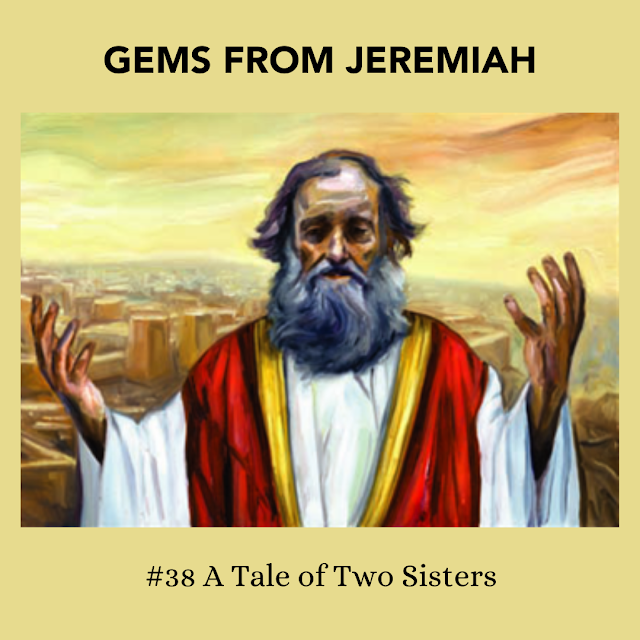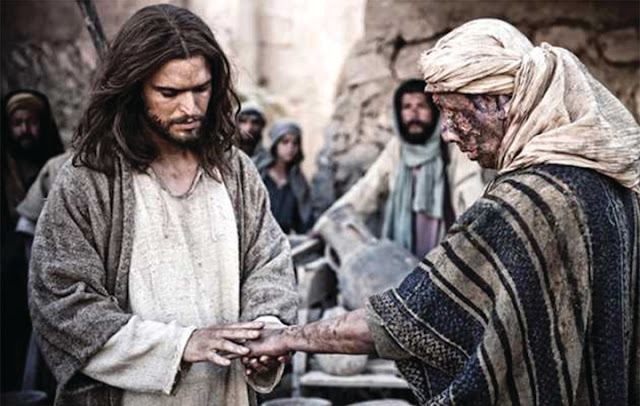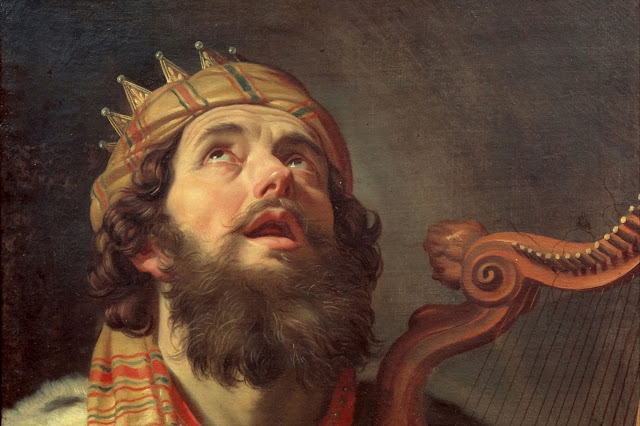MAUNDY THURSDAY: Lenten reflections from Mark’s Gospel (38)
Jesus came to Jerusalem as a priest – as the
mediator of a new covenant between Yahweh and his people. A prophet speaks for God to the people; a
priest represents the people before God, stands in their place. Jesus came to Jerusalem at Passover time to
make a sacrifice – a sacrifice that would not occur within the confines of the
Temple, a sacrifice very different from (but not unrelated to) the slaughter of
the Passover lamb (cf. Mk. 14.12), a sacrifice that would do for the people of
God what Yahweh had done for the Israelites on the night that he rescued them
from slavery in Egypt – the original Passover (cf. Ex. chapters 12-14). The first time in Mark’s narrative that Jesus
explains the meaning of his coming death is at the end of the episode when James
and John had requested seats “at his right and left” when he was enthroned “in
glory” (cf. Mk. 10.35-44). After
explaining to the agitated apostles what greatness looks like in the kingdom of
God, Jesus had told them:
“For the Son of Man came not to be
served but to serve, and to give his life a ransom for many.” (10.45)
The
Son of Man came to give his life…not only is Jesus a priest but he is also the
sacrifice. He will give his life as a
ransom, to “buy back” many members of the people of God. When the Israelites had left Egypt, parents
had had to “ransom” their first-born sons (by offering an animal as a sacrifice
in place of their son), since God’s final plague on Egypt had been the death of
every first-born male child, of both humans and animals (cf. Ex. 12.29; 13.11-16). Jesus will be the sacrifice that redeems many.
“On the first day of Unleavened Bread,
when the Passover lamb is sacrificed…” (14.12).
This is how Mark introduces his account of Jesus’ “last supper” with his
apostles. Two disciples prepare the
Passover meal in a large upper room (14.12-16).
As Jesus and the Twelve share the seder meal, Jesus “took a loaf of
bread” and did what he had done on two previous occasions (cf. 6.41-43; 8.6-8):
“…and after blessing it he broke it and gave it to them” (14.22). This time, however, the bread is not multiplied,
but Jesus says, “Take; this is my body”.
The unleavened bread, which had accompanied the roasted Passover lamb and
had been prepared so hurriedly during the flight from Egypt that there had been
no time for it to rise (cf. Ex. 12.8-11), is now the body of the Messiah, the
Son of Man, the king. The Shepherd of Israel
continues to feed his flock, this time, with…himself. Jesus then “took a cup of wine, and after
giving thanks he gave it to his disciples, and all of them drank from it” (Mk. 14.23). Jesus told them: “This is my blood of the new
covenant, which is poured out for many” (14.24). Jesus interpreted his imminent death in terms
of the Passover meal; what is about to happen will be the fulfillment of the
Exodus from Egypt. Jesus’ death will be
the moment of liberation, of freedom from slavery, of victory over the enemies
of the people of God – indeed, it will be the victory of Yahweh over all rival
claimants to ultimate power over human beings.
God is about to reclaim (ransom) his human creatures from all those who
would oppress, dehumanize and exploit them (cf. Mk. 10.42).
When Jesus dies on the cross, the curtain
of the Temple – which divided the sanctuary from “the most holy place” where God’s
presence was believed to dwell (cf. Ex. 26.33-34) – was torn in two, from top
to bottom (Mk. 15.38). Only the High
Priest of Israel was allowed to go behind the curtain, and only once a year, on
the Day of Atonement (cf. Leviticus 16.1-19).
In the days of Solomon’s Temple, the High Priest would go behind the
curtain and sprinkle the blood of the sacrificial animals on the “ark of the covenant”,
the chest that contained the stone tablets upon which were inscribed the 10
Commandments (cf. Hebrews 9.4). Jesus
had already announced the Temple’s doom, which implied that it no longer served
any purpose in God’s plan for his people.
Now, as he dies, the curtain is torn, symbolizing the fact that God’s
presence will never again be found in “the most holy place”, but rather wherever
the followers of Jesus gather (cf. Mt. 18.20; 1 Peter 2.4-5). Jesus is our High Priest and our Passover
lamb, whose death has rescued us (cf. Heb. 4.14-16; 1 Cor. 5.7). Let us live as God’s free people – free from
sin, free from the self-imposed chains of fear and pride (cf. Galatians 5.1;
Rom. 6.16-23).




Comments
Post a Comment